Last updated: December 6, 2017
Article
Marbles at Fort Vancouver
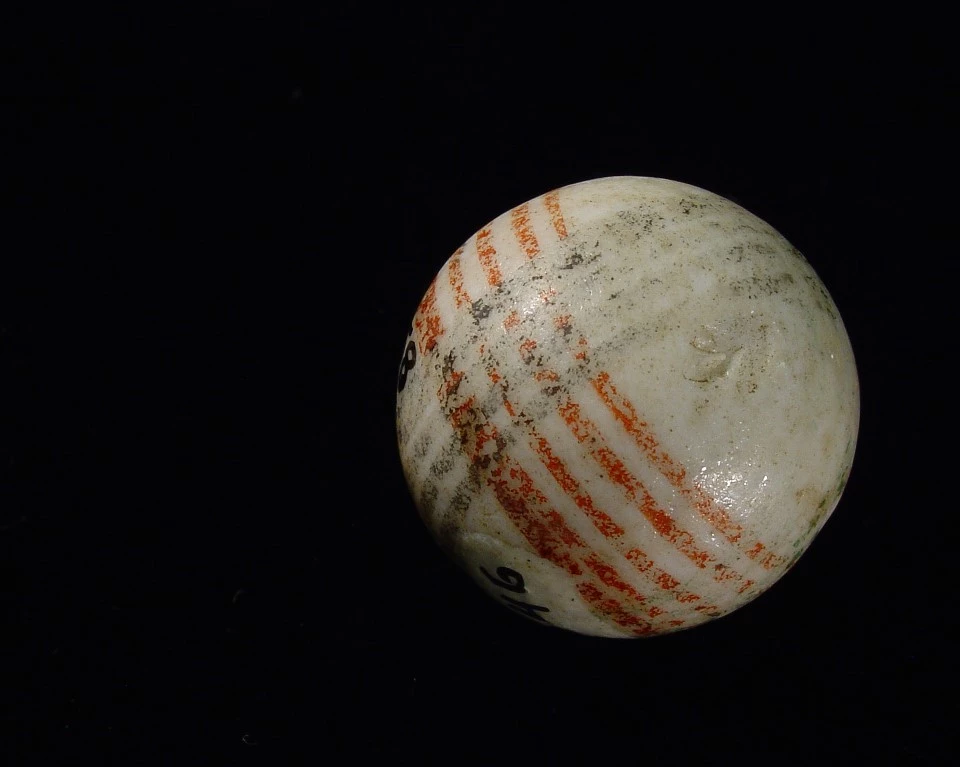
NPS Photo
By Theresa Langford, Curator
The earliest marbles in the Fort Vancouver National Historic Site museum collection are clay, small undecorated tan or orange spheres. Little is known about the origin of these toys. They may have been imported from Europe, like later decorated ones, or made from local clay deposits.
The earliest marbles in the Fort Vancouver National Historic Site museum collection are clay, small undecorated tan or orange spheres. Little is known about the origin of these toys. They may have been imported from Europe, like later decorated ones, or made from local clay deposits.
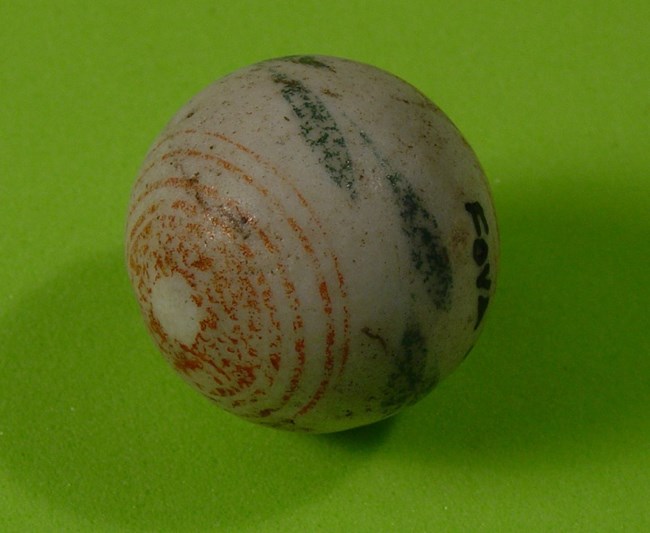
NPS Photo
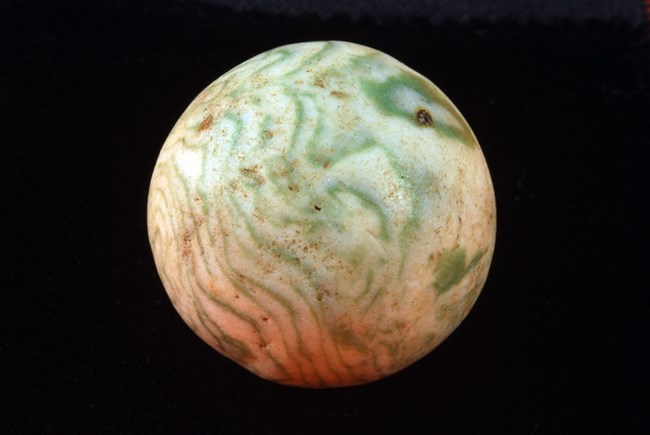
NPS Photo
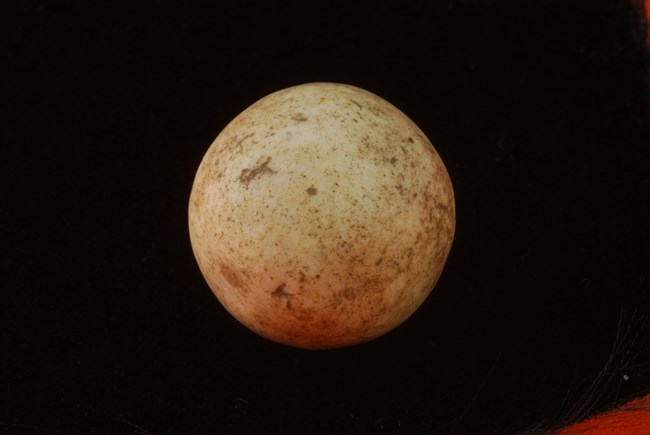
NPS Photo
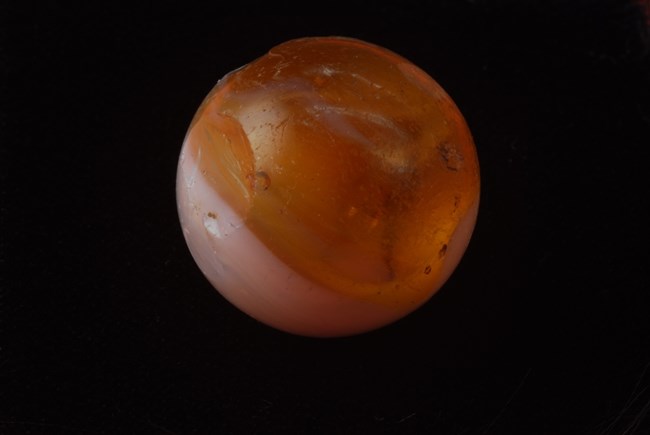
NPS Photo
